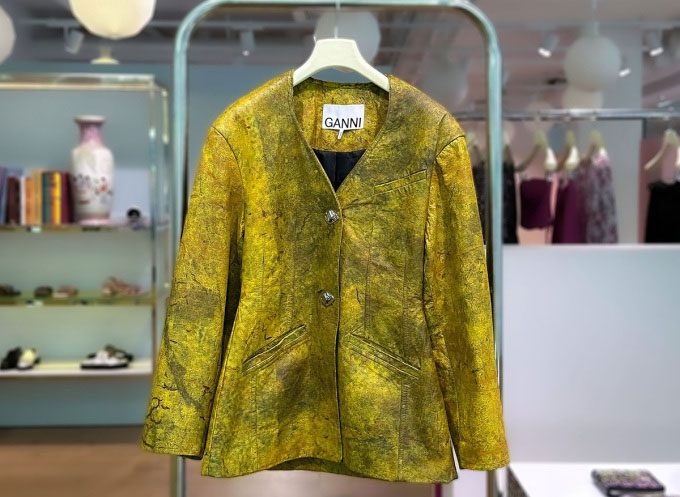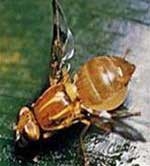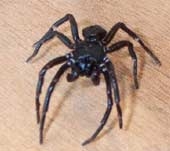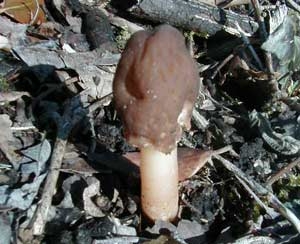Experts Utilize Fruit Waste to Cultivate Bacteria and Harvest Nanocellulose, Then Transfer to Tanning and Finishing Workshops.
A Mexican biotechnology company has partnered with Danish fashion brand Ganni to create a unique prototype of a jacket made from bacterial cellulose, CNN reported on October 19. Instead of trying to replicate the properties of leather, the jacket is designed to feel like an entirely new material.

Jacket made from new bacterial material. (Photo: CNN/Ganni).
Although produced using some traditional leather processing methods, the new jacket emits significantly less carbon while maintaining durability and breathability. “This is the first jacket produced by a global brand using bacterial nanocellulose. Therefore, it marks a significant milestone for the biotechnology industry,” said Alexis Gómez-Ortigoza, co-founder of Polybion.
Gómez-Ortigoza and his brother Axel founded Polybion in 2014. Initially, they worked with materials scientist Bárbara González Rolón, focusing on mycelium, a network of fungal fibers resembling plant roots, and set up a pilot plant for mycelium materials.
However, a turning point occurred. “About five years ago, a friend walked into the office and showed me a jar of kombucha. We isolated the first bacteria from that drink,” Gómez-Ortigoza recalled.
Kombucha is a popular fermented tea beverage. Celium, the bacterial biomass used for the jacket, comes from this jar. Since then, Polybion has focused almost entirely on bacterial fermentation, believing it to be a promising leather alternative.
To cultivate bacteria, Polybion utilizes waste from local canned fruit factories, primarily from mangoes. “We turn waste into food for the bacteria by adding our special formula, transforming it into a growth medium. Then, the bacteria reproduce and create a network of nanocellulose as a byproduct of their metabolism, which we harvest after two weeks and then transfer to the tanning and finishing stage,” Gómez-Ortigoza explained.
After harvesting, the nanocellulose is processed by local tanning workshops. “We use equipment similar to that found in animal tanning workshops, but without chromium or any toxic chemicals. This is an organic material, so it feels natural—it’s breathable and will wear down in a similar way to leather,” Gómez-Ortigoza elaborated.
The production process for Celium generates only about 1/4 of the emissions of the most “eco-friendly” leather production methods. When factoring in the emissions reductions from utilizing fruit waste, this process becomes carbon-negative. Polybion is researching the potential to use Celium to produce other items such as cardboard, fibers, construction wood, and even medical bandages.





















































